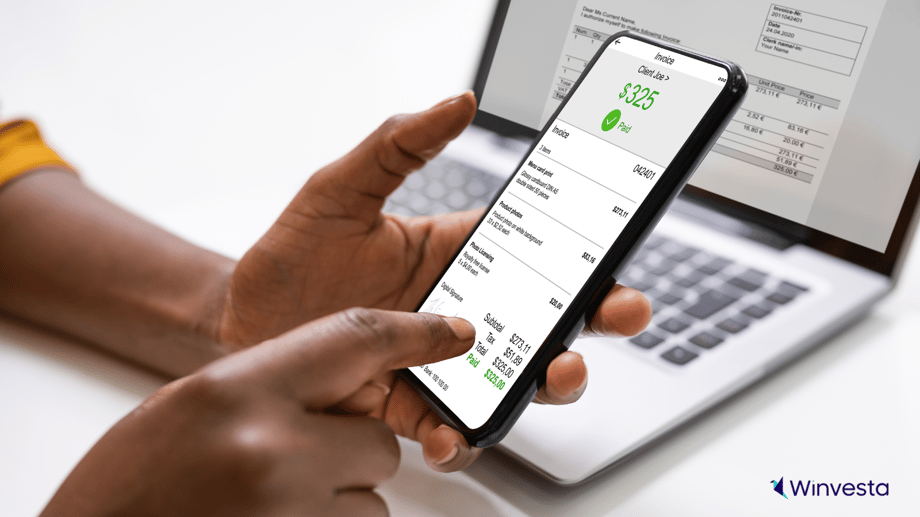Contents
ACH vs SWIFT vs Fedwire: What’s the Difference?
5 minutes read
22 May 2025

Money moves around the world every day. But how does it get from one bank to another? Three main systems do this job: ACH, SWIFT, and Fedwire. Each one works differently.
Think of these systems like different roads. Some are local streets. Others are highways that go to different countries. Knowing which road your money takes helps you make smart choices.
What is an automated clearing house payment?
An automated clearing house payment moves money between banks in America. It's like a moving belt that carries millions of payments each day. Your paycheck and monthly bills often use this system.
The automated clearing house system puts many payments together. Then it sends them all at once. This keeps costs low but makes transfers take longer.
Here's how it works:
- Your bank collects payments all day
- At set times, it sends them to the ACH network
- The network sorts payments by bank
- Each bank gets the payments meant for it
The National Automated Clearing House Association makes the rules. All banks must follow these same rules. This makes sure everything works the same way.
Automated clearing house banks handle two types of payments. Credits put money into accounts. This is like your paycheck. Automated clearing house debit takes money out. This is like your phone bill payment.
The Automated Clearing House form
Banks need an Automated Clearing House form to start automatic payments. This form has your bank details and payment amounts. You fill this out when you want to start or stop automatic payments.
SWIFT: how banks talk to each other
The Society for Worldwide Interbank Financial Telecommunication swift doesn't move money. It sends messages between banks about money transfers. Think of SWIFT like email for banks.
When you send money to another country, your bank uses SWIFT. It tells the other bank about your transfer. The message has details like how much money and where it goes.
SWIFT connects over 11,000 banks in 200 countries. Each bank has a unique SWIFT code. This code works like an address for money transfers.
Here's what happens:
- Your bank writes a message about your transfer
- SWIFT sends this message safely to the other bank
- The other bank gets your money based on the message
- Both banks write down what happened
SWIFT messages move instantly. But the actual money can take days to arrive. This happens because many banks might touch your money along the way.
The system is very safe. Banks must meet strict rules to use SWIFT. Only real banks can send and receive messages.
Fedwire: fast money for urgent needs
Fedwire handles urgent payments that need to move right away. The Federal Reserve runs this system. This makes it very safe and trusted.
Unlike ACH, Fedwire handles one payment at a time. When you send money through Fedwire, it moves right away during work hours. Banks use this for important payments like buying houses.
Fedwire transfers cannot be undone. Once money moves, it's gone. This makes people sure they will get paid.
The system works Monday to Friday during set hours. Outside these times, urgent transfers must wait.
How ACH, SWIFT, and Fedwire compare
%20(2).png?width=1600&height=900&name=Blog%20images%20(2)%20(2).png)
Speed differences
ACH payments take one to three work days. The system groups payments to save money. Some banks offer same-day ACH, but it costs more.
SWIFT messages move instantly. But the money transfer takes one to five work days. Banks need time to process and check everything.
Fedwire transfers finish in minutes during work hours. If you send money at 2 PM on Tuesday, it arrives before 2:30 PM the same day.
Cost differences
ACH transfers cost $0.20 to $1.50 each. These low prices make ACH good for regular payments like paychecks.
SWIFT transfers cost $15 to $50 each. Other banks might add more fees. This makes SWIFT expensive for small amounts. But it works worldwide.
Fedwire costs $0.10 to $3.00 per transfer. It costs more than ACH but less than most SWIFT transfers. You get instant results.
Safety features
All three systems are safe, but they work differently. ACH uses codes and checks to protect payments. But problems might take longer to find.
SWIFT has very strong safety. Banks must meet tough rules to join. The standard message style also reduces mistakes.
Fedwire has the strongest safety. The Federal Reserve watches everything in real time. Many businesses trust this for big payments.
Where they work
ACH mostly works in America. Some international ACH transfers exist but are rare.
SWIFT works everywhere. It connects banks in almost every country. This makes SWIFT essential for international business.
Fedwire focuses on America. It can handle some international transfers, but this is complex and uncommon.
Picking the right payment system
Your business needs help choosing which system to use. Think about how much money, how fast, and where it's going.
Use ACH for regular American payments. Things like payroll, vendor bills, or customer payments. The low cost and reliable service make ACH perfect for routine work.
Choose SWIFT for international transfers. Use it when safety and worldwide reach matter more than speed or cost. SWIFT works well for big international business payments.
Pick Fedwire for urgent, big American transfers. Real estate deals, large business purchases, or time-sensitive payments work well with Fedwire's speed.

Small financial savings lead to big wins for your business!
- Collect from 130+ countries.
- Local USD, GBP, CAD, EUR accounts.
- Free FIRA
Federal bank net worth matters
When picking payment systems, think about your bank's strength. Federal bank net worth and stability affect service quality and safety. Stronger banks usually give better service and more options.
Big banks often offer all three payment systems. This gives you choices for different payment types. Small banks might have fewer options.
How technology helps
Modern technology keeps improving all three systems. ACH now offers same-day processing for urgent American transfers. SWIFT has faster message delivery and better safety. Fedwire has longer work hours and better monitoring.
These improvements help businesses by giving more options and better service. But the basic differences stay the same. Understanding these differences still matters for business planning.
Planning ahead
Payment systems will keep evolving. New technologies might change how money moves. But understanding current systems prepares you for future changes.
Start by mapping your current payment needs. Identify which system works best for each type of payment. This analysis helps you optimize costs and improve efficiency.
Consider seasonal changes in your business. Some months might need more international transfers. Others might focus on domestic payments. Planning helps you choose the right mix of services.
Getting started
Talk to your bank about available payment options. Most banks offer ACH services as standard. SWIFT and Fedwire might need special setup or minimum balances.
Compare costs across different banks. Payment fees can vary significantly. Shopping around might save your business money over time.
Test small transfers first. This helps you understand timing and processes before handling larger amounts. Experience with small payments builds confidence for bigger transactions.
Frequently asked questions about ACH, SWIFT & Fedwire?

- ACH is slower and cheaper, best for recurring or non-urgent domestic payments.
- Fedwire is instant and used for large or urgent U.S. payments.
- SWIFT is a global messaging system used for international transfers between banks.
No.
Fedwire and ACH are entirely separate systems operated by the Federal Reserve:
- Fedwire is real-time and settles each transaction individually.
- ACH settles in batches and is not real-time.
They serve different use cases.
No.
ACH is a U.S. domestic payment system and does not require a SWIFT code.
Instead, it uses:
- Routing numbers (9-digit ABA numbers)
- Account numbers
SWIFT codes are only used for international wire transfers.
No.
A Fedwire code (or ABA routing number) is different from a SWIFT code:
- Fedwire code: 9-digit number used for domestic U.S. wires.
- SWIFT code: 8 or 11-character alphanumeric code used for international transfers.
They identify institutions in different payment systems.

Contributed by Denila Lobo
Denila is a content writer at Winvesta. She crafts clear, concise content on international payments, helping freelancers and businesses easily navigate global financial solutions.



